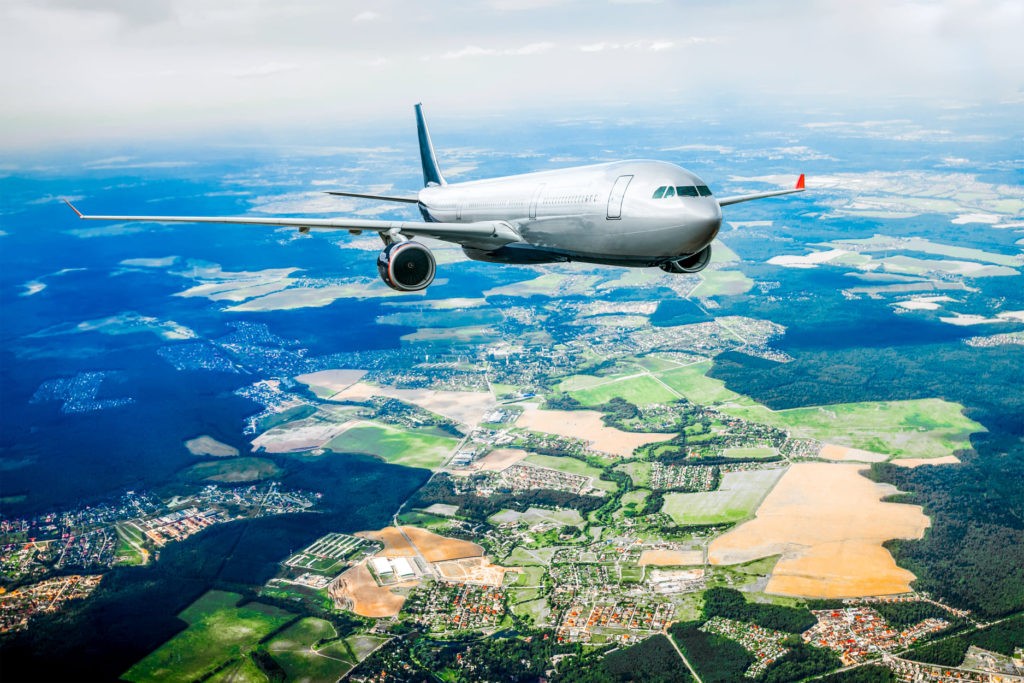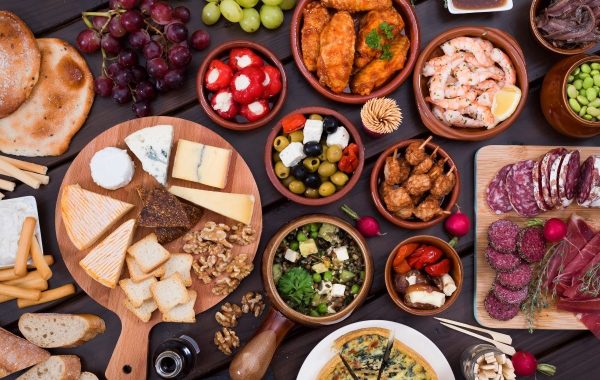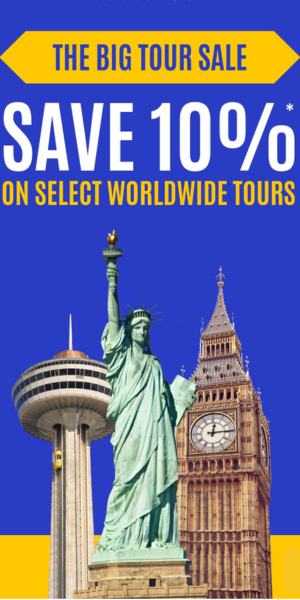Thinking Of Taking A Flight? Here Are 10 Things You Should Know Before You Go!
With many destinations now opening up for tourism, we may soon be able to get on that plane and travel again. Looking forward to it? I’ll bet! Speaking for myself – there’s nothing that would excite me more than blowing the dust off my neglected passport, digging out my favourite suitcase, counting my cash and zooming off to one of the many places on my bucket list. But in this post COVID-19 world, the first thing that comes to my mind is ‘abundant precautions’. Now more than ever, it is crucial to stay informed and take adequate measures to stay safe to avoid catching the virus.
So, is flying risky? To be closeted with about 150 other passengers in an enclosed space, all breathing the same air sounds like asking for trouble. Actually with some careful planning and close attention to safety, there’s no reason at all to be fearful.
Think of flying as an end-to-end process. Tackling each step of the process with awareness will soon have you flying like an old pro in the ‘new normal’ scenario. We’ve put together some travel tips to make things easier for your first post lockdown flight.
First, things you MUST carry
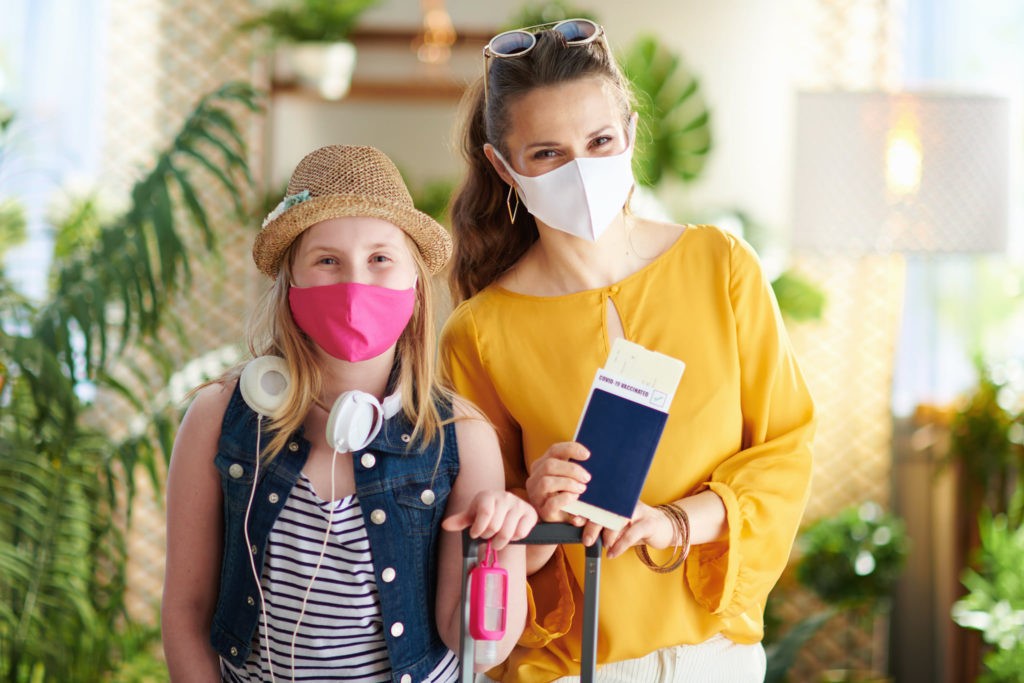
You must include an alcohol-based hand sanitiser, liquid or spray, with more than 60% alcohol content. I like to carry several mini bottles and use them by turn. Small bottles fit easily into my bag. Next, disinfectant wipes, lots and lots of these, as you need them all the time. Again, I buy smaller packs so that they do not dry out. Then tissues, face masks (N95 offers the best protection) and a face shield especially if I have to go to a train station or crowded place at any point. All these items can help you maintain a certain level of hygiene and prevent contact with disease-causing respiratory droplets.
Be mindful of what you touch
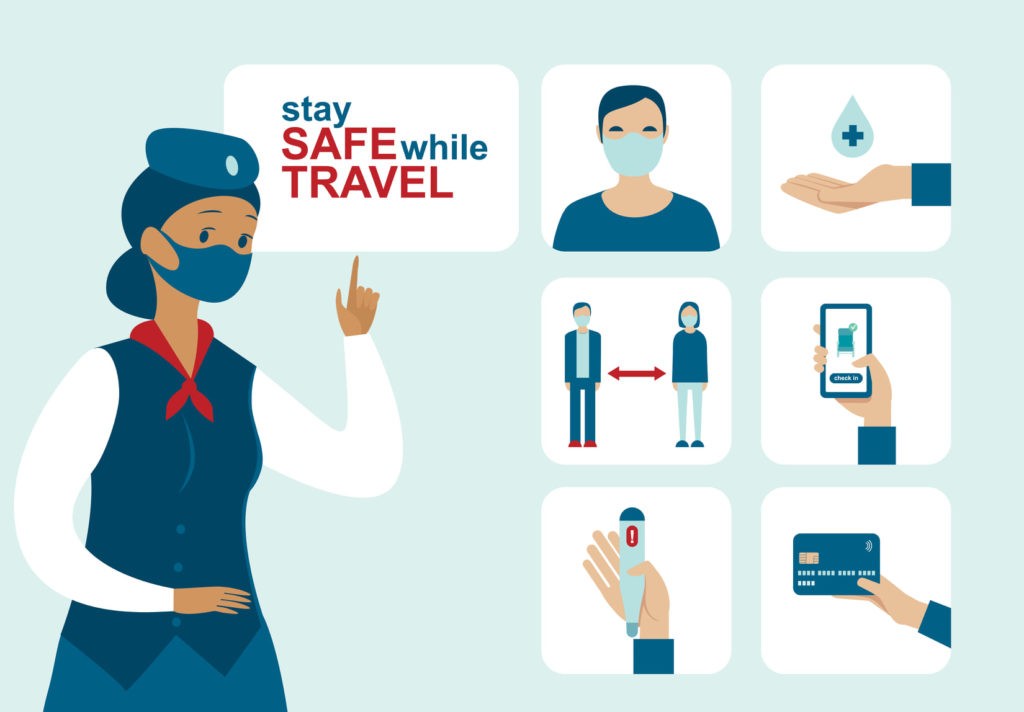
Try and go the paperless route for your tickets, boarding passes etc. Travel light, avoid trolleys. Be careful of using devices or touching surfaces that others have used before you. ATMs, card machines, soap dispensers, tables, chairs, escalators, X-ray scanner trays, items at stores in Duty Free, counters etc. Use generous amount of sanitiser whenever you touch any of these surfaces and be careful not to touch your face. Similarly, be mindful of your own high-touch items, such as phones and wallets. Keep them in a zip lock bag rather than exposed in bins during security checks. Your phone is constantly being handled (without you paying much attention to what you touched before it). So, wiping it down with disinfectant a couple of times a day is a good practice.
Minimise human contact
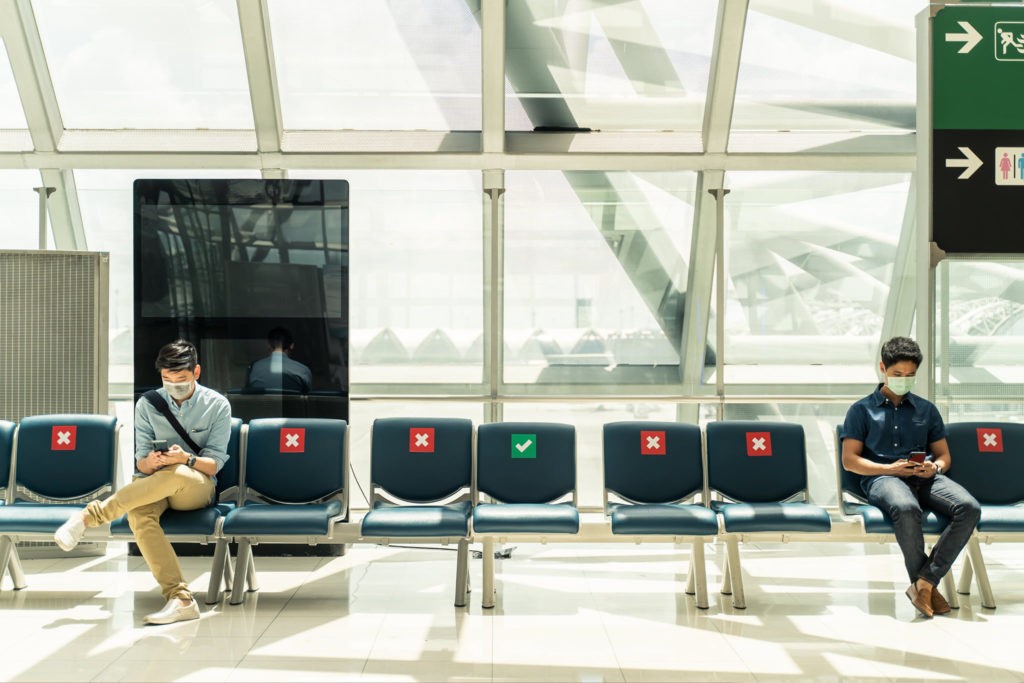
Maintain the recommended six-foot distance from airport staff, and fellow passengers. Be extra careful while boarding and deboarding, and collecting your luggage. Don’t be shy of asking people to respect your need for social distancing.
Get a window
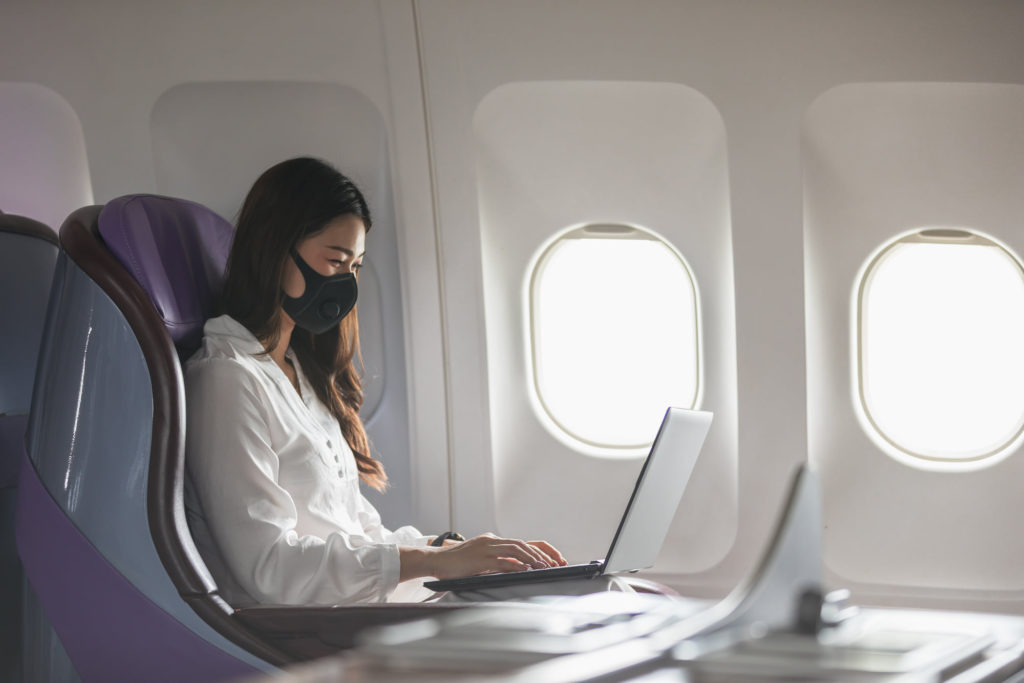
Book a window seat if you can. If you couldn’t, then try and get one even after the flight is boarded. Researchers found that the best way to avoid germs on a plane is to sit at a window seat and remain seated for the course of the flight. Infected passengers will most likely not infect people sitting farther than two seats beside them or one or two rows in front or behind. The risk of indirect transmission can be eliminated by keeping your hands clean and avoiding contact with your eyes, nose and mouth.
A window seat also protects you from the inadvertent close contacts that can occur when other passengers are hoisting bags into overhead bins at the start of a flight or crowding aisles to deplane after landing.
Wipe down your surroundings
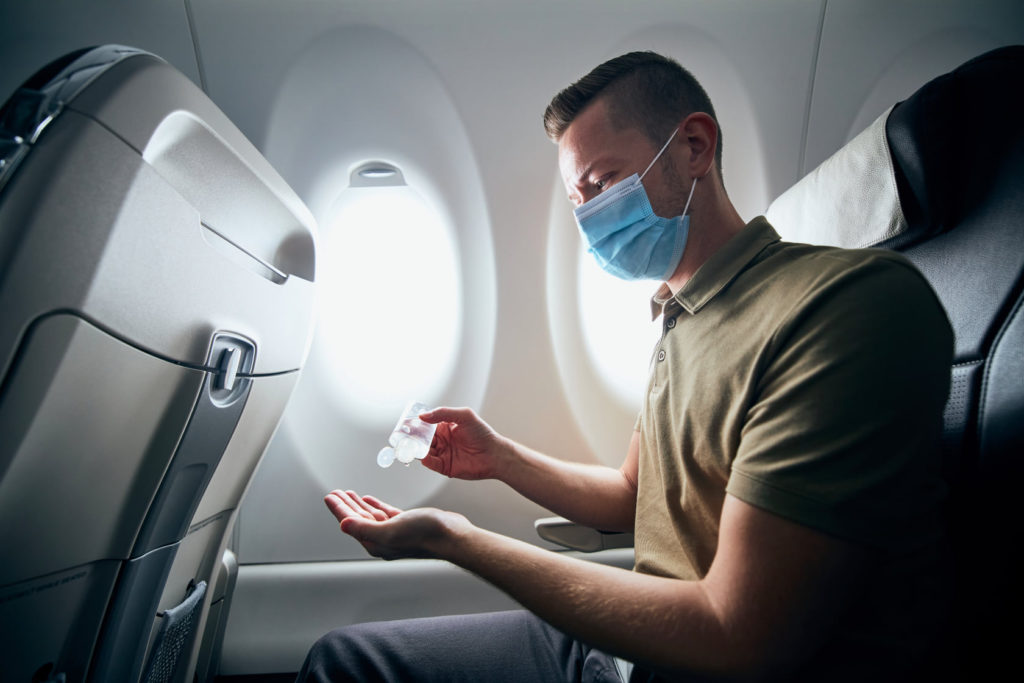
Before settling in, do a quick wipe down of the hard surfaces around you with disinfectant wipes. The back of the seat in front of you, the seat flap, the tray table, the arm rests, are all surfaces where infectious respiratory droplets can remain alive. Be sure to allow the surfaces to remain wet for the time it takes for the disinfectant to work (usually mentioned on the packet). Don’t use the wipes on the upholstery as a wet seat would be uncomfortable and will spread the germs out further. Remember that coronavirus will not directly infect you from such surfaces, only when you touch an infected surface and then touch your face (the entry points are via your nose, mouth and eyes). As such, whenever you touch surfaces that many others may have as well (touchscreens or the handle to the bathroom), try to use tissues to avoid direct contact with surfaces and dispose of the tissues safely when you’re done.
The risk while flying is low
Because of mandatory testing in the 48–72-hour window prior to flying, the odds of being on a plane with a person who has actively transmissible COVID is low.
And besides, cabin air enters from overhead inlets and flows downwards towards floor-level outlets. An aircraft typically provides a total change in air 20-30 times an hour. The recirculated air passes through HEPA (high-efficiency particulate air) filters, the same kind as are used in operating theatres in hospitals and ICUs. This reduces the viral particulates in the air by 99.9% (source Boeing.Com). So, the only real risk comes mainly from direct contact with infected persons and contact with surfaces that an infected person has been in contact with.
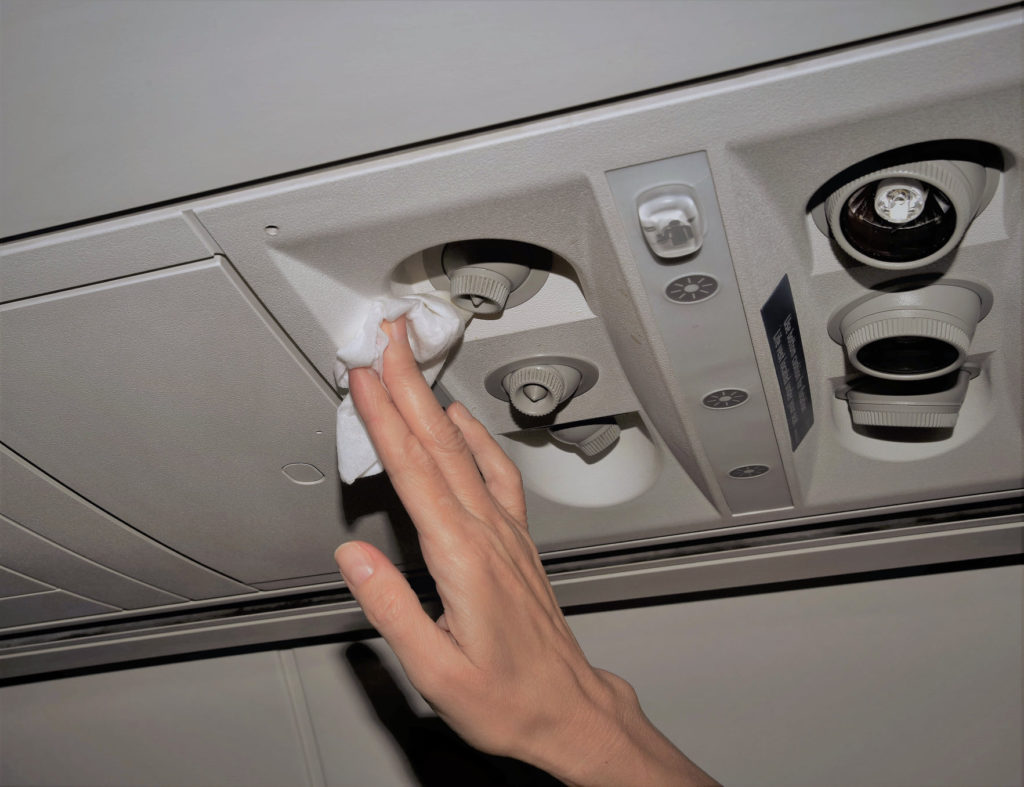
Further, do keep your personal overhead vents or gaspers on during the flight. It improves travel comfort, air quality and reduce person-to-person transmission of exhaled contaminants.
Try to remain seated through entire flight
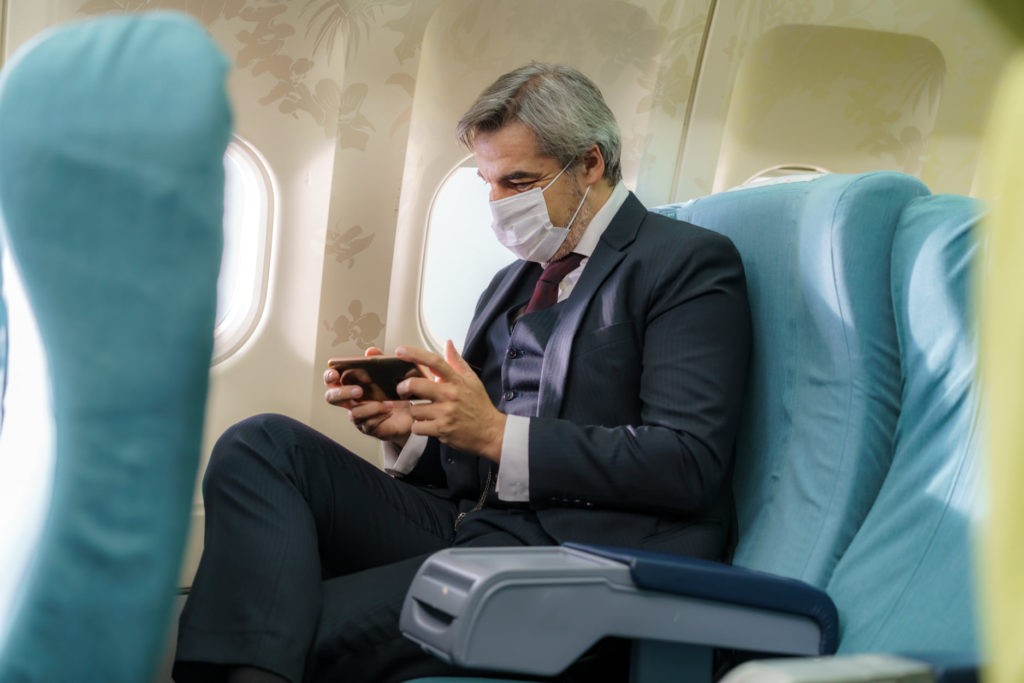
There are good reasons for this. Firstly, sitting down reduces the chances of random physical contact with anybody. Secondly, it optimises the seatback in front of you as a barrier. Lastly, you need to know that standing up or moving around disturbs the cabin ventilation pattern, the direction of airflow changes and there could be a possibility of air particles lingering in the cabin for longer. This may increase the risk of infection.
Avoid eating and drinking during flight
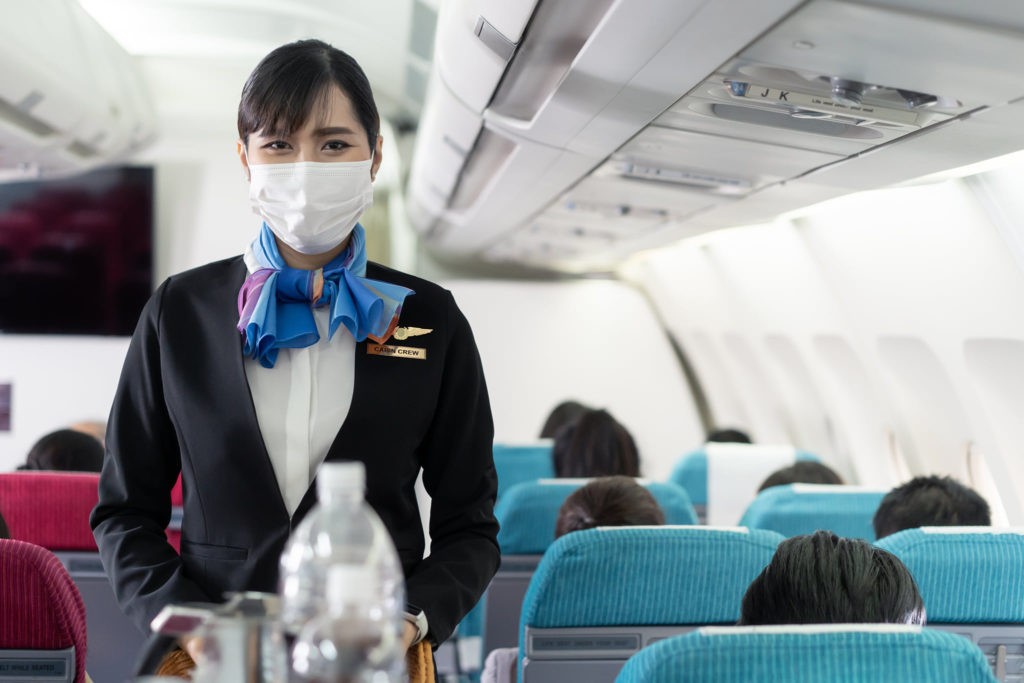
Its best to refrain from eating or drinking while on board. But, if necessary, be brief. Remember, each time your face mask is removed the risk of infection increases. The longer you take to eat or drink, the greater the risk of infecting someone.
Using the aircraft’s lavatory
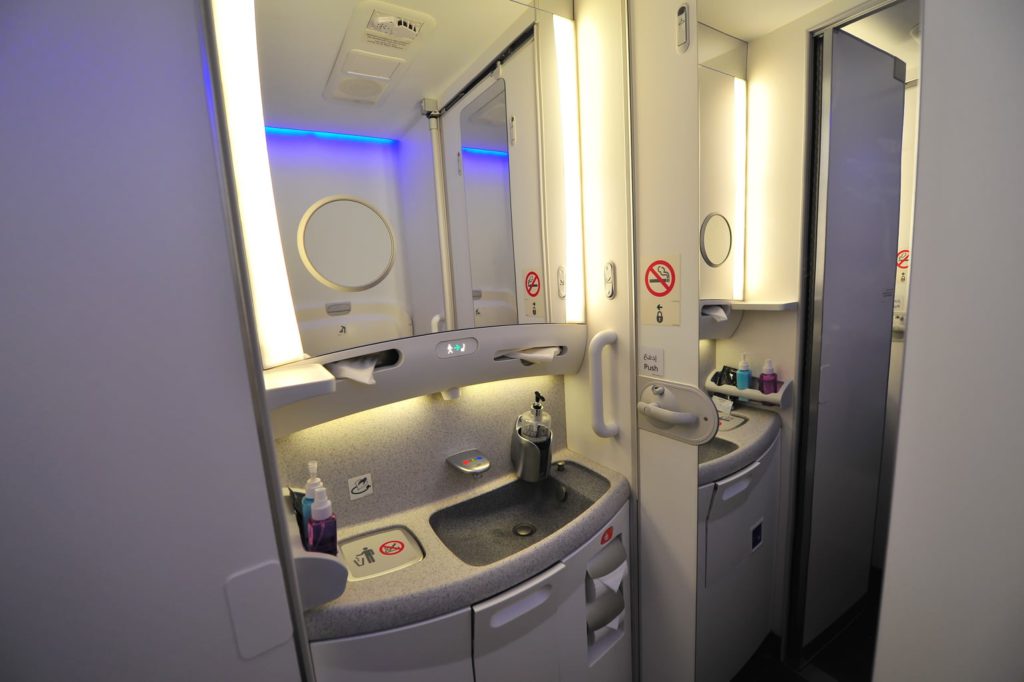
Well, when you’ve got to go, you’ve got to go. But you can be careful about it! The aircraft’s lavatory is well ventilated, however, keep in mind that you don’t know the hygiene of the previous occupant, including whether they wore their face mask while in the toilet. If the earlier occupant took off their face mask, more aerosolized droplets have the potential to reach you. So, its much safer to keep your face mask on when using the toilet.
Then, the other surfaces within the lavatory, beyond the toilet itself, may have been touched by other passengers, like the water tap and door latch, for example. So, wash your hands thoroughly, use sanitizer and as we said earlier, use a tissue for the latch. And, the latest safety mantra – avoid touching your face.
Just don’t travel if you’re sick
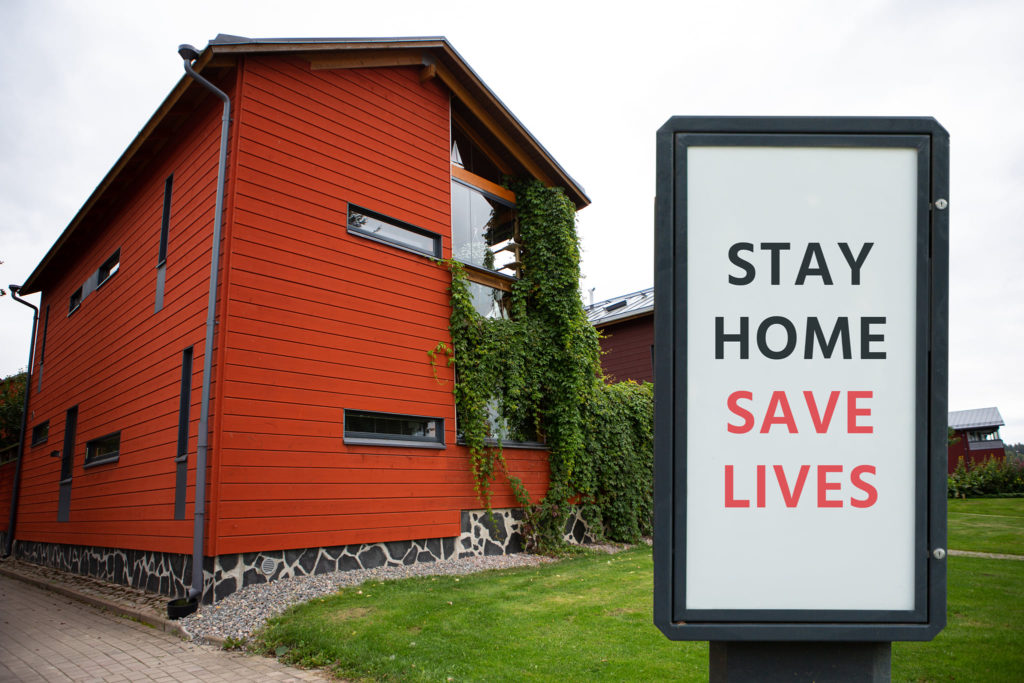
This is extremely important. We’re forever focussing on how to protect ourselves from the disease, but seldom think of preventing ourselves from spreading it. Even if you’re feeling slightly under the weather, you may be harbouring the beginnings of an infection, so avoid travelling until you are absolutely fine.
Being mindful of safe travelling is not going to take the joy out of your next holiday, in fact it will take away any stress you’ve been building up prior to your trip. This now is the new way of life, folks, but who says you can’t enjoy it to the fullest anyway?
Happy holidays!
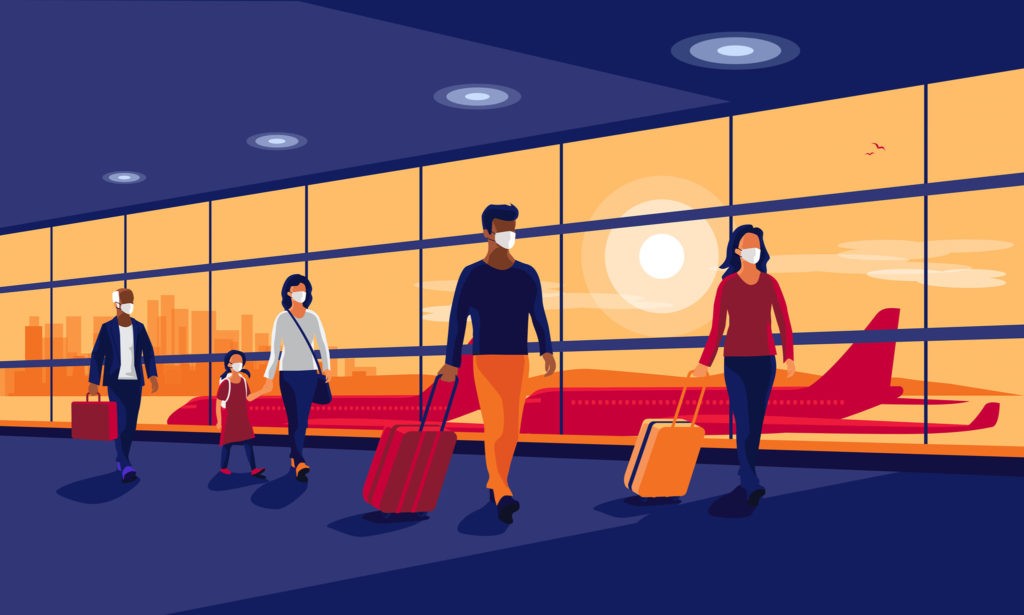
Travel Update : Please note that there could be travel restrictions because of the ongoing pandemic. Before travelling, please always check the latest government advice about COVID-19 travel restrictions in your destination.
Photos : Shutterstock
For latest travel news and updates, food and drink journeys, restaurant features, and more, like us on Facebook or follow us on Instagram. Read more on Travel and Food Network
Trending Now : TFN Travel Guides
Lisbon Travel and Food Guide 2021
Discovering Budapest : Your Ultimate 2021 Travel Guide
A homeschooled chef even before she joined Catering College in Bombay, Christine’s gastronomic journey started with mother and grandmother. Polished with a degree and 10 years of experience in the Hospitality industry, Christine’s love of food, drink and everything gastronomic has been sharpened and honed with travel across the world. Today, she shares the wealth of her foodie experience and adventures across the world with Travel and Food Network, so look forward to much more from Chrsitine!


